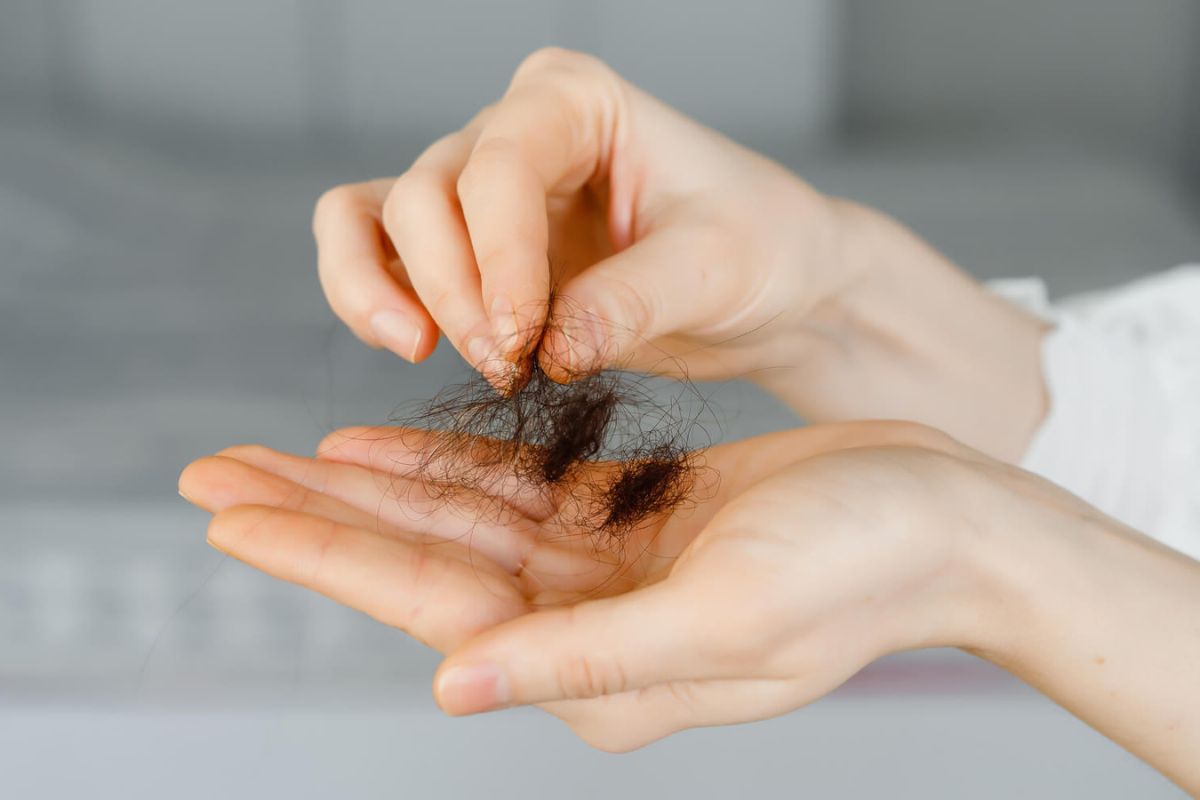
Trichotillomania, often called hair-pulling disorder, is a condition where individuals feel an irresistible urge to pull out their hair. This can lead to noticeable hair loss and emotional distress. But what causes this behavior? Experts believe it’s a mix of genetic, environmental, and psychological factors. People with trichotillomania might pull hair from their scalp, eyebrows, eyelashes, or other body areas. This condition affects both men and women, though it’s more common in women. Symptoms usually start in childhood or adolescence. Understanding trichotillomania can help those affected seek appropriate treatment and support. Let's dive into 30 intriguing facts about this condition to shed light on its complexities.
Understanding Trichotillomania
Trichotillomania, often called hair-pulling disorder, is a mental health condition where individuals feel compelled to pull out their hair. This can lead to noticeable hair loss and significant distress. Let's dive into some intriguing facts about this condition.
- Trichotillomania is classified as a Body-Focused Repetitive Behavior (BFRB).
- The term "trichotillomania" comes from the Greek words for hair (trich), pull (tillo), and madness (mania).
- It affects approximately 1-2% of the population.
- Both children and adults can develop trichotillomania.
- Women are more likely to be diagnosed with trichotillomania than men.
- The onset typically occurs during adolescence.
- Hair pulling can occur from any part of the body, including the scalp, eyebrows, and eyelashes.
- Many individuals with trichotillomania also experience other BFRBs, such as skin picking or nail biting.
- Trichotillomania is often associated with anxiety and depression.
- The exact cause of trichotillomania is unknown, but it is believed to involve a combination of genetic, environmental, and psychological factors.
Symptoms and Behaviors
Understanding the symptoms and behaviors associated with trichotillomania can help in recognizing and addressing the condition.
- Individuals may pull hair in response to stress or anxiety.
- Some people with trichotillomania report feeling a sense of relief or pleasure after pulling hair.
- Hair pulling can be a conscious or unconscious behavior.
- Many individuals with trichotillomania attempt to hide their hair loss with hats, wigs, or makeup.
- Some people with trichotillomania may chew or eat the pulled hair, a condition known as trichophagia.
- Trichotillomania can lead to significant emotional distress and impact daily functioning.
- Hair pulling episodes can last for minutes to hours.
- The severity of hair pulling can vary over time, with periods of increased or decreased activity.
Diagnosis and Treatment
Proper diagnosis and treatment are crucial for managing trichotillomania effectively.
- Trichotillomania is diagnosed based on clinical evaluation and patient history.
- There is no specific test for trichotillomania; diagnosis is often based on the presence of hair loss and the individual's behavior.
- Cognitive-behavioral therapy (CBT) is a common treatment for trichotillomania.
- Habit reversal training (HRT) is a specific type of CBT used to treat trichotillomania.
- Medications, such as selective serotonin reuptake inhibitors (SSRIs), may be prescribed to help manage symptoms.
- Support groups and online communities can provide valuable support and resources for individuals with trichotillomania.
- Early intervention can improve treatment outcomes.
Living with Trichotillomania
Living with trichotillomania can be challenging, but understanding and support can make a significant difference.
- Many individuals with trichotillomania feel shame or embarrassment about their condition.
- Educating friends and family about trichotillomania can help reduce stigma and provide support.
- Self-care practices, such as stress management and relaxation techniques, can help manage symptoms.
- Keeping a journal to track hair-pulling triggers and patterns can be beneficial.
- Developing alternative coping strategies, such as using fidget toys or engaging in hobbies, can help reduce hair-pulling behavior.
Understanding Trichotillomania
Trichotillomania, often misunderstood, affects many people worldwide. Knowing the facts helps in recognizing its impact and finding ways to manage it. This condition isn't just about hair-pulling; it's tied to emotional and psychological factors. Awareness and empathy can make a big difference for those dealing with it.
Treatment options like therapy, medication, and support groups offer hope. Early intervention can improve outcomes, so seeking help is crucial. Remember, trichotillomania is a real condition that deserves attention and care.
By spreading knowledge, we can reduce stigma and support those affected. If you or someone you know struggles with trichotillomania, reach out to a healthcare professional. Understanding and compassion go a long way in making a positive impact.
Was this page helpful?
Our commitment to delivering trustworthy and engaging content is at the heart of what we do. Each fact on our site is contributed by real users like you, bringing a wealth of diverse insights and information. To ensure the highest standards of accuracy and reliability, our dedicated editors meticulously review each submission. This process guarantees that the facts we share are not only fascinating but also credible. Trust in our commitment to quality and authenticity as you explore and learn with us.
